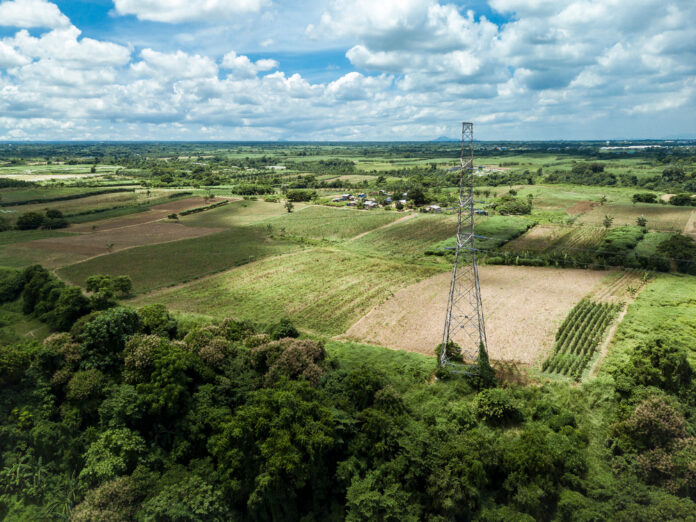The National Grid Corporation of the Philippines (NGCP) announced a 4.81 percent increase in its transmission wheeling rates for the March 2025 billing period, a development expected to impact the power cost structures of distribution utilities and electric cooperatives nationwide.
In a news briefing on Tuesday, NGCP revenue management department head Julius Ryan Datinggaling said the company’s wheeling charge — the fee it imposes for the use of its transmission network — rose from P0.5252 per kilowatt-hour (kWh) in February to P0.5505 per kWh in March.
Transmission wheeling rates form a critical component of the total power cost passed on to end-users by distribution firms, underscoring the commercial significance of this adjustment.
Additionally, NGCP reported a significant uptick in ancillary service (AS) charges, which increased by 16.05 percent, climbing from P0.6975 per kWh in February to P0.8094 per kWh in March. AS rates, which also fall under wheeling charges, cover the cost of standby power reserves deployed during grid disruptions or generator outages.
Datinggaling explained that NGCP sources its ancillary services based on a 50-50 split between firm contracts and the AS Reserves Market, in compliance with guidelines set by the Department of Energy and the Energy Regulatory Commission. AS costs are treated as pass-through expenses, paid directly to generation companies, and are not retained as NGCP revenues.
Factoring in the changes, NGCP’s overall transmission charges for the March billing period reached P1.5240 per kWh, reflecting an 11.51 percent increase from the previous month’s P1.3668 per kWh.
While these adjustments in transmission and AS rates affect electricity pricing across the archipelago, NGCP emphasized that other elements — such as generation charges — also contribute to the final electricity rates shouldered by consumers.
The developments are closely watched by industry stakeholders, as transmission costs play a pivotal role in the pricing structures of both investor-owned utilities and rural electric cooperatives, impacting not only commercial operations but also household budgets nationwide.







